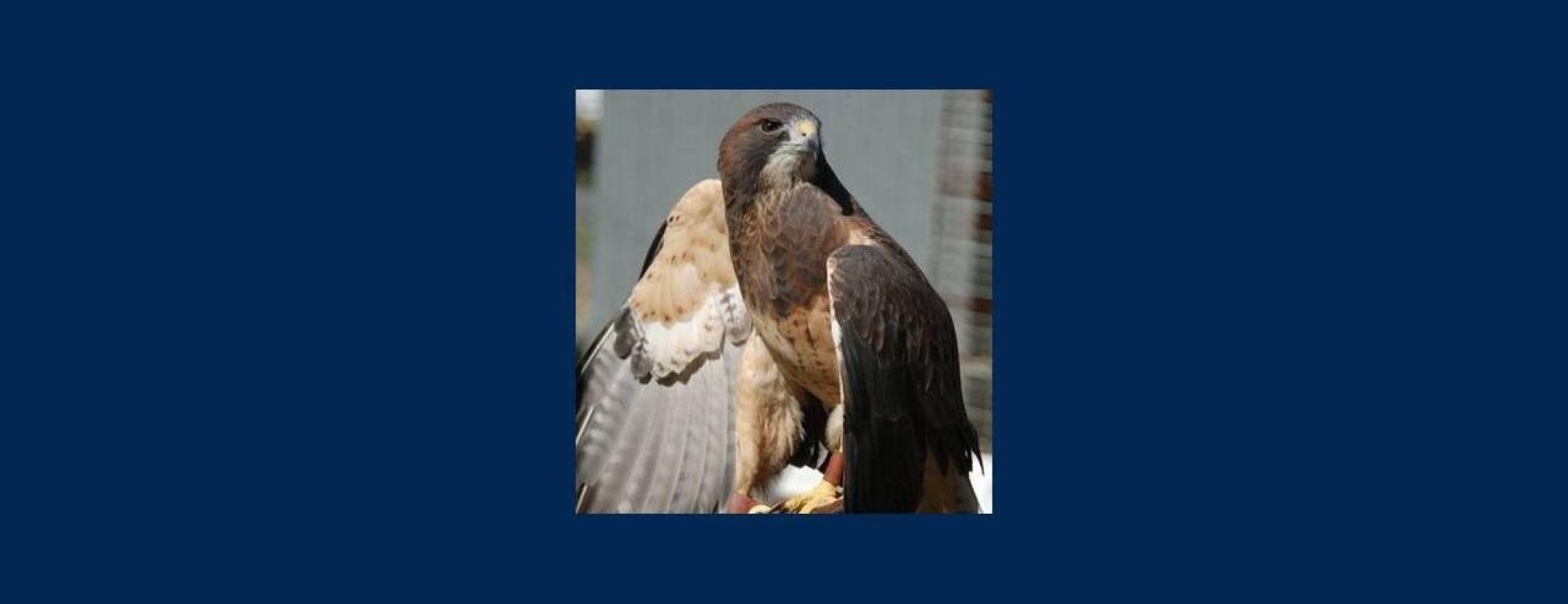The main objective of this project is to quantitatively assess how changes to the landscape through time will impact Swainson’s Hawk (Buteo swainsoni) habtiat and other potentially beneficial ecosystem services. Accounting for this type of natural capital and how ecosystem services change through time is not well documented in the literature and developing this methodology was a secondary objective for our research group. Despite the loss of natural habitat, this study area and the surrounding region supports the highest density of breeding Swainson’s Hawks in California. Swainson’s Hawk is a species of high conservation concern given historic population declines and its listing as a threatened species in California. It is also a valuable focal species due to its dependence on tree canopy nesting sites, on which many other raptors and riparian species also depend, as well as nearby open-country foraging habitat, which is valuable to a number of other migratory birds. This study area supports a mix of forested areas and agricultural areas, providing excellent habitat for nesting and foraging areas. We conducted a mesoscale landscape assessment to quantify ecosystem services and develop habitat suitability models for Swainson’s Hawk (in partnership with Audubon California) in an agriculturally-dominated area in the Central Valley of California. Specifically, we developed three different management scenarios for the study area projected to 2050; a restoration focused scenario, an increasing urbanization scenario, and an enhanced agriculture scenario intended to benefit Swainson’s Hawk (Buteo swainsoni), a biodiversity conservation target. Using the current configuration of land use across the study area, we quantified the impact of each scenario on four major ecosystem services, carbon storage, water recharge potential to groundwater, biodiversity using B. swainsoni nesting habitat as a proxy, and nitrous oxide emissions and nitrate leaching.
CosHawk (Cosumnes River Futures Modeling for Swainson's Hawk)
Collaborators
Joshua Viers (Project Contact)
Rachel A. Hutchinson
Nick Santos
Project Description
Project Status
Completed

